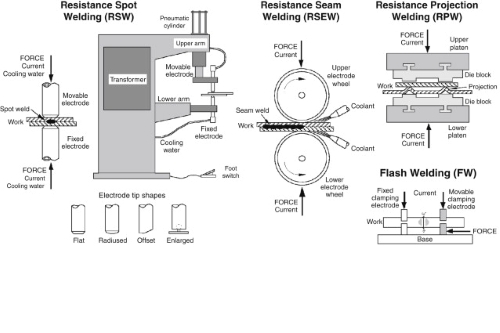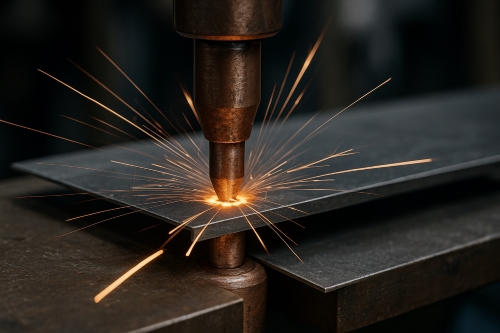Top Materials with Strongest Compressive Strength
Introduction
Compressive strength is significant in numerous fields. Structures, cutting tools, and aerospace components all depend on materials that can withstand heavy loads. In this article, we provide a list of leading materials recognised for their high compressive strength.
Which Material Has the Strongest Compressive Strength
Among the materials, diamond occupies a top position in compressive strength. Its atomic arrangement results in a very tight lattice structure. Tungsten carbide and advanced ceramics are close contenders. They provide excellent resistance to compressive forces and are well suited for various demanding applications. Each material has a proven record of performing under significant stress.
Why These Materials Excel in Compressive Strength
The reason behind their performance is their structure and bonding. Diamond has a strong lattice formed by carbon atoms. Tungsten carbide benefits from strong chemical bonds and possesses a fine grain structure. Advanced ceramics are sintered to produce a uniform and dense product. These characteristics help prevent weak points that could result in fracture under load. The manufacturing methods and controlled environments further enhance compressive strength. This leads to materials that manage pressure effectively.
Applications of Ultra-High Compressive Strength Materials
These materials perform well in diverse settings. Diamond is utilised in cutting tools and drilling equipment. Tungsten carbide constitutes the backbone of wear-resistant components and industrial tools. Advanced ceramics are applied in engine parts and protective armour. Ultra-high performance concrete finds applications in bridges and tall buildings. In each situation, high compressive strength is critical for sustainability and safety.
For instance, diamond-coated drill bits cut through hard rock efficiently. Tungsten carbide is ideal for machining metals due to its durability. In construction, ultra-high performance concrete generally lasts significantly longer than standard concrete under heavy loads. These materials have demonstrated reliability in practical applications with minimal failure rates.
Summary Table of Compressive Strength Values
|
Material |
Approximate Compressive Strength (Megapascals) |
|
Diamond |
10 000 |
|
Tungsten Carbide |
3 500 to 4 000 |
|
Advanced Ceramics (e.g., Silicon Carbide) |
2 500 to 3 000 |
|
Ultra-High Performance Concrete |
150 to 200 |
|
Carbon Fibre Reinforced Polymer |
500 to 600 |
For further information, please visit Stanford Advanced Materials (SAM).
Conclusion
We have examined several materials noted for their exceptional compressive strength. Diamond, tungsten carbide, and advanced ceramics are leaders in this area. Their performance derives from strong bonds and controlled manufacturing processes. Their broad range of applications underscores their capability in challenging environments.
Frequently Asked Questions
F: Which material is best for cutting tools?
Q: Diamond is optimal due to its extreme hardness and high compressive strength.
F: Are advanced ceramics used in engine parts?
Q: Yes, advanced ceramics are applied in engine parts for their strength and lightweight properties.
F: Can ultra-high performance concrete support heavy loads?
Q: Yes, ultra-high performance concrete can withstand heavy loads and is implemented in bridges and tall buildings.

 Bars
Bars
 Beads & Spheres
Beads & Spheres
 Bolts & Nuts
Bolts & Nuts
 Crucibles
Crucibles
 Discs
Discs
 Fibers & Fabrics
Fibers & Fabrics
 Films
Films
 Flake
Flake
 Foams
Foams
 Foil
Foil
 Granules
Granules
 Honeycombs
Honeycombs
 Ink
Ink
 Laminate
Laminate
 Lumps
Lumps
 Meshes
Meshes
 Metallised Film
Metallised Film
 Plate
Plate
 Powders
Powders
 Rod
Rod
 Sheets
Sheets
 Single Crystals
Single Crystals
 Sputtering Target
Sputtering Target
 Tubes
Tubes
 Washer
Washer
 Wires
Wires
 Converters & Calculators
Converters & Calculators
 Write for Us
Write for Us
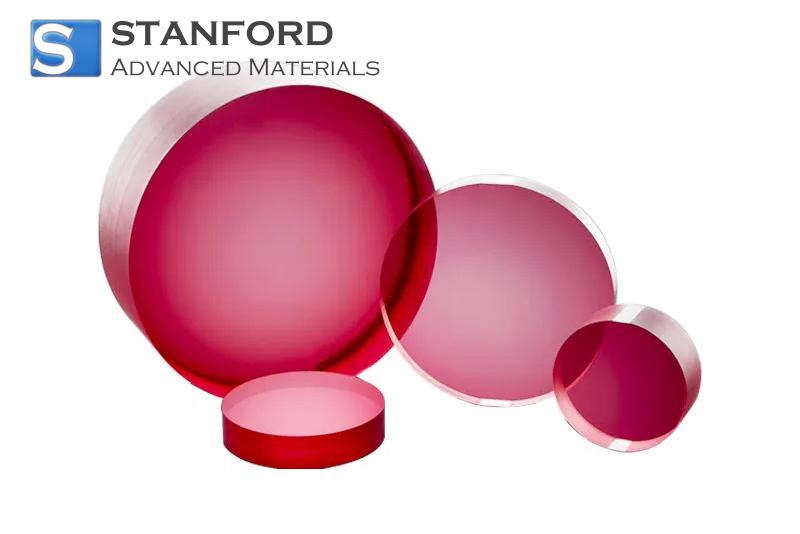
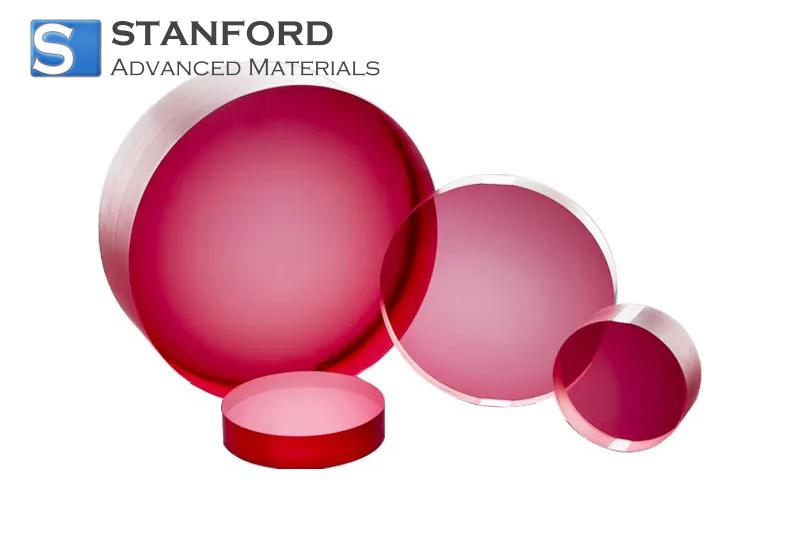
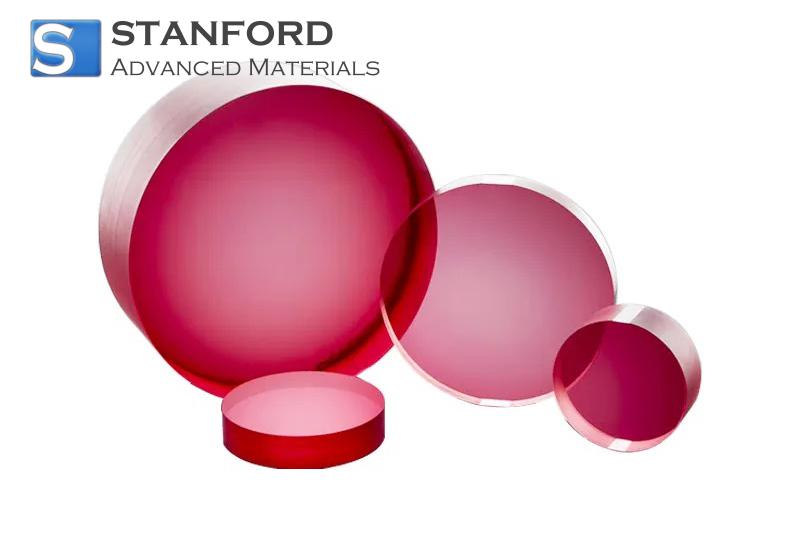
 Chin Trento
Chin Trento


